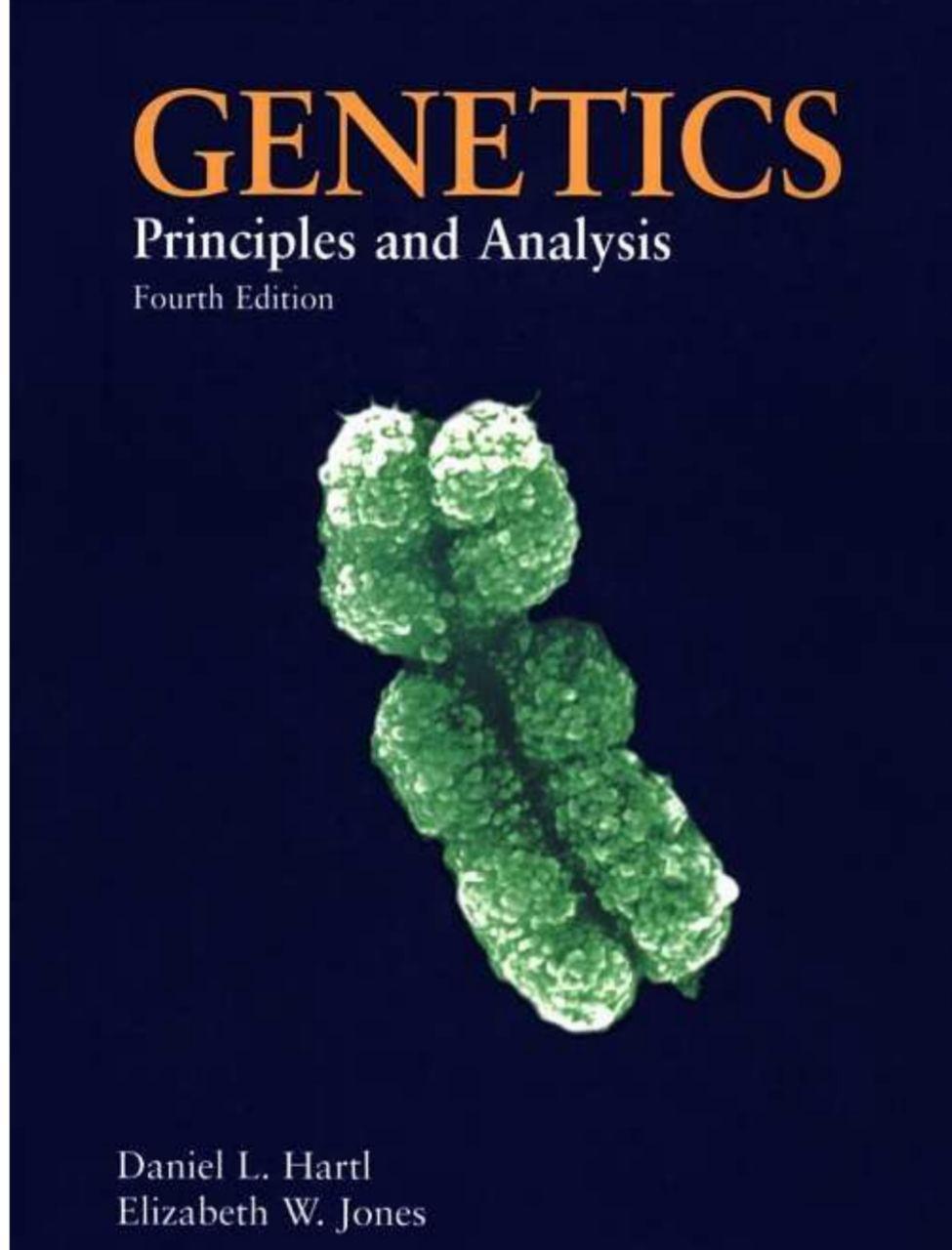 Introduction: For the Student
Introduction: For the StudentIn signing up for a genetics course, our students often wonder how much work is going to be required, how much time it will take to do the reading and written assignments, how hard the examinations will be, and what is their likelihood of getting a good grade. These are perfectly legitimate issues, and you should not feel guilty if they are foremost in your mind.
You may also be wondering what you are going to learn by taking a course in genetics. Will the material be interesting? Is there any reason to study genetics other than to satisfy an academic requirement? At the end of the course, will you be glad that you took it? Will there be any practical value to what you will learn? This introduction is designed to reassure you that the answer to each question is yes. The study of genetics is relevant not only to biologists but to all members of our modern, complex, technological society. Understanding the principles of genetics will help you to make informed decisions about numerous matters of political, scientific, and personal concern.
At least 4000 years ago in the Caucasus, the Middle East, Egypt, South America, and other parts of the world, farmers recognized that they could improve their crops and their animals by selective breeding. Their knowledge was based on experience and was very incomplete, but they did recognize that many features of plants and animals were passed from generation to generation. They discovered that desirable traits—such as size, speed, and weight of animals—could sometimes be combined by controlled mating and that, in plants, crop yield and resistance to arid conditions could be combined by cross-pollination. The ancient breeding programs were not based on much solid information because nothing was known about genes or any of the principles of heredity. In a few instances, the pattern of hereditary transmission of a human trait came to be recognized. One example is hemophilia, or failure of the blood to clot, which results in life-threatening bleeding from small cuts and bruises. By the second century of the present era, rules governing exemptions from circumcision had been incorporated into the Talmud, indicating that several key features of the mode of inheritance of hemophilia were understood. The Talmud's exemptions apply in the case of a mother who lost two sons from excessive bleeding following circumcision: Subsequent boys born to the same mother, and all boys born to her sisters, were exempt. However, the paternal half brothers of a boy who had died from excessive bleeding were not exempt. (Paternal half brothers have the same father but a different mother.) These rules of exemption from circumcision make very good sense when judged in light of our modern understanding of the inheritance of hemophilia, as you will learn in Chapter 3.
The scientific study of heredity is called genetics. The modern approach to genetics can be traced to the mid-nineteenth century with Gregor Mendel's careful analyses of inheritance in peas. Mendel's experiments were simple and direct and brought forth the most significant principles that determine how traits are passed from one generation to the next. In Chapter 2, you will learn the rules followed by genes and chromosomes as they pass from generation to generation, and you will be able to calculate in many instances the probabilities by which organisms with particular traits will be produced. Mendel's kind of experiments, which occupied most of genetic research until the middle of the twentieth century, is called transmission genetics. Some people have called it formal genetics, because the subject can be understood and the rules clearly seen without any reference to the biochemical nature of genes or gene products.
Beginning about 1900, geneticists began to wonder about a subject we now call molecular genetics. Is the gene a known kind of molecule? How can genetic information be encoded in a molecule? How is the genetic information transmitted from one generation to the next? In what way is the genetic information changed in a mutant organism? At that time, there was no logical starting point
for such an investigation, no experimental ''handle." In the 1940s, critical observations were made that implicated the molecule deoxyribonucleic acid (DNA), first discovered in 1869. You will learn about these experiments in Chapter 1. With the discovery of the structure of DNA in 1953 by Watson and Crick, genetics entered the DNA age. Within a decade, there came an understanding of the chemical nature of genes and how genetic information is stored, released to a cell, and transmitted from one generation to the next. During the first three decades after the discovery of DNA structure, the body of genetic knowledge grew with a two-year doubling time. These were exciting times, and you will be presented with a distillation of these findings in the chapters of this book that deal with molecular genetics.
برای دانلود کتاب کلیک کنید.